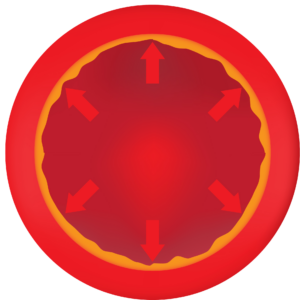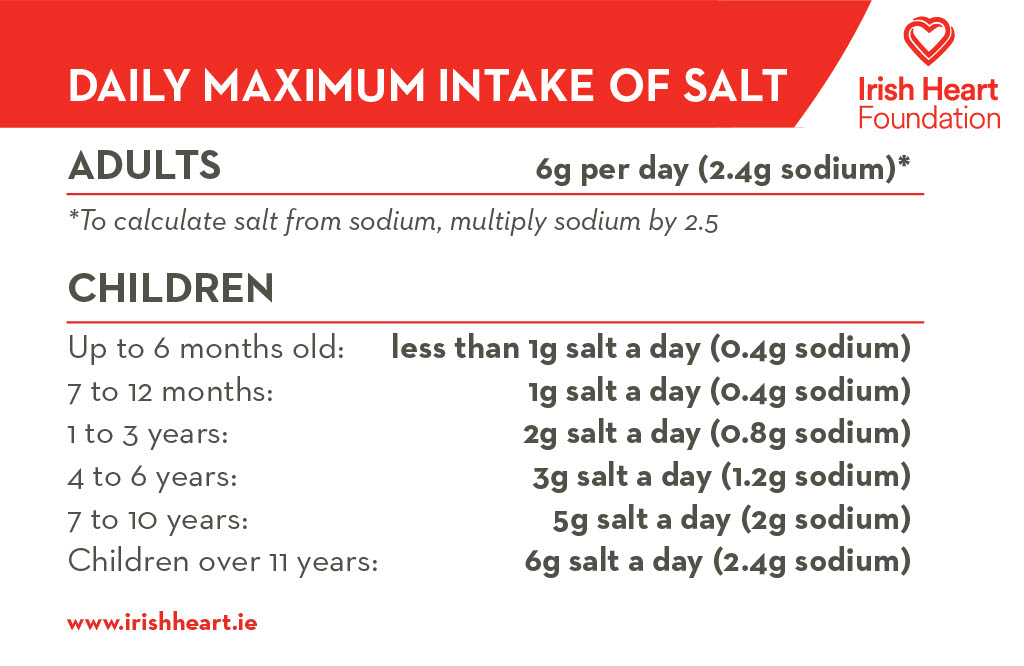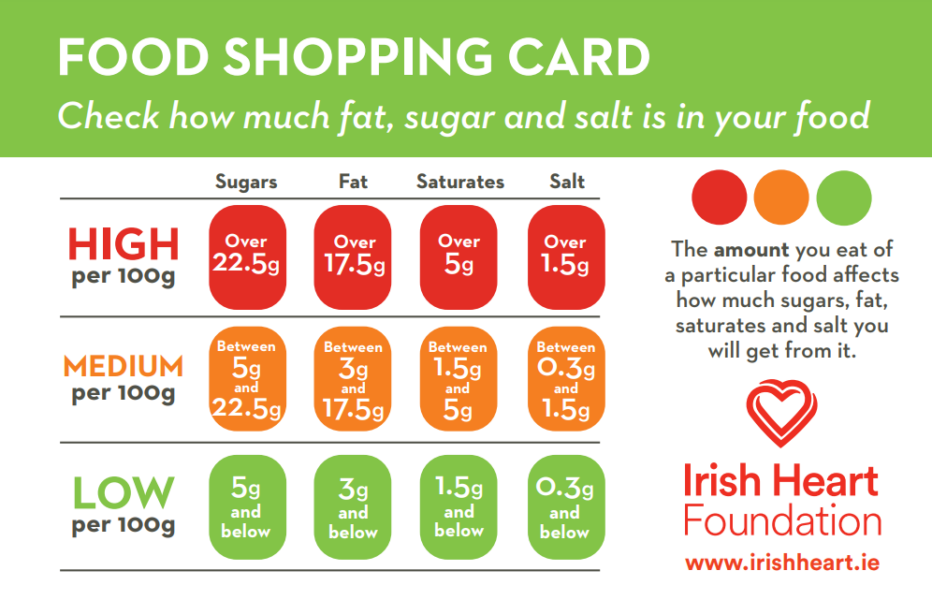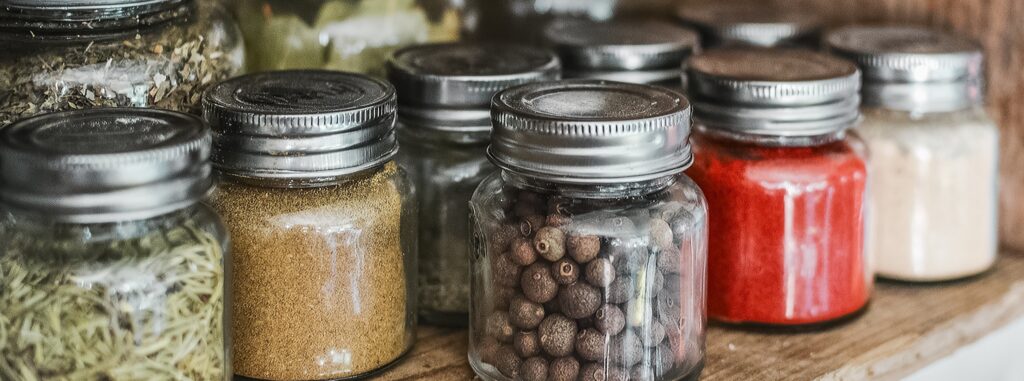not eat much salt, but did you know that the salt you add to your food accounts for only 10% of the salt you eat? Most of the salt we eat is already added to the foods we buy. Some foods have salt in them naturally and others have salt added when they are made.
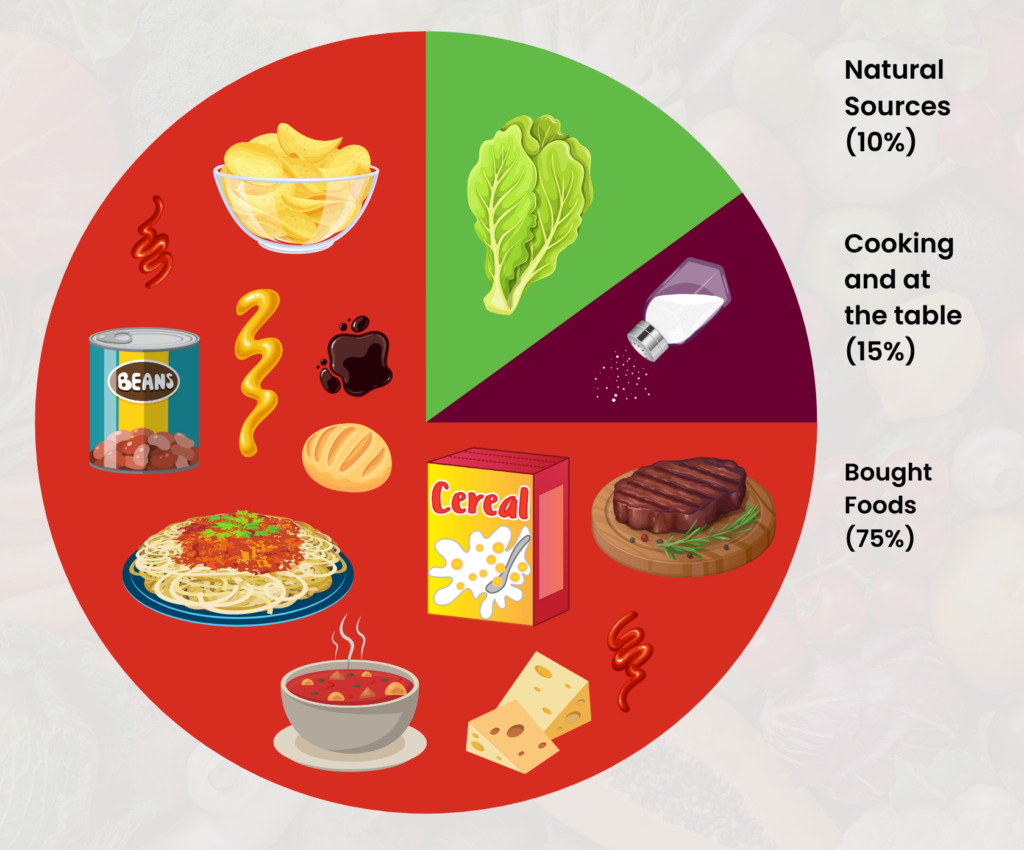
Salt can be hidden in foods you would not expect. Check out our ‘salty 6’ popular foods that add high levels of salt to the Irish diet.
– Processed meat and fish such as ham, sausages, salami, smoked salmon, bacon, lunch meats
– Breads and wraps
– Soups and sauces such as soy sauce, ketchup, packet soups, stock cubes, ready-made sauces or marinades
– Savoury snacks such as crisps, salted popcorn, salted crackers, salted nuts
– Sweet snacks such as biscuits, cakes, pastries, some breakfast cereals
– Butter and other spreads
That’s a pretty surprising list. Some of these foods do not even taste salty.

